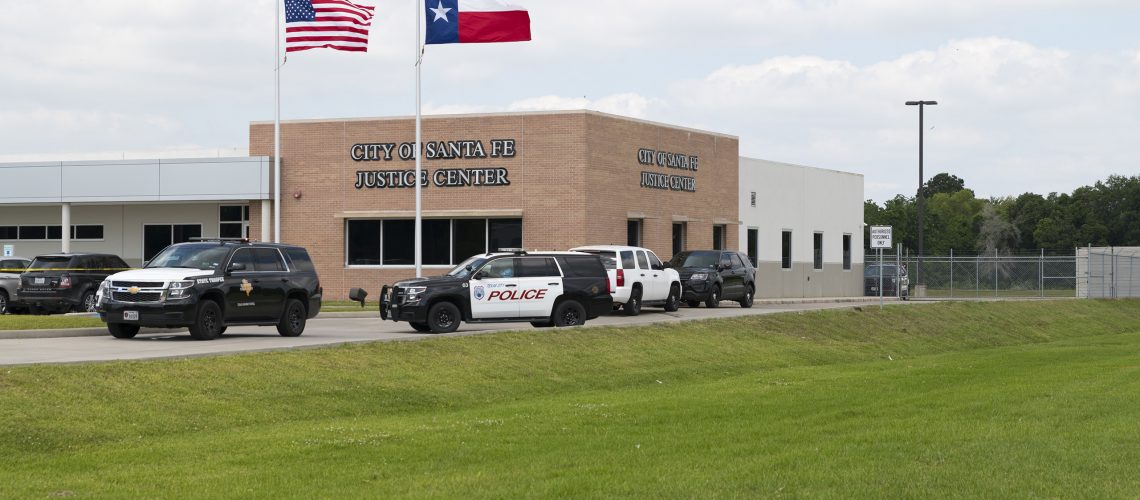You can’t walk through the streets of Manhattan these days without smelling weed.
Even as evidence mounts of the health problems associated with marijuana, New York has insisted on joining other greedy states scrambling to legalize this deceptively dangerous drug.
It makes no sense at a time when American youth is suffering from an unprecedented mental health crisis.
And, in all honesty, we cannot rule out a connection between increasing marijuana use, mental illness and the recent spate of mass shootings by disturbed young males.
We don’t yet know much about the mental state or drug use of the El Paso or Dayton killers. But a former girlfriend of Dayton killer Connor Betts, 24, has indicated he was mentally ill, and two of his friends interviewed by reporters this week mentioned his previous drug use.
Just last year, the Parents Opposed to Pot lobby group tried to sound the alarm on the link between marijuana and mass shootings, compiling a list of mass killers it claims were heavy users of marijuana from a young age, from Aurora, Colo., shooter James Holmes and Tucson, Ariz., shooter Jared Loughner to Chattanooga, Tenn., shooter Mohammad Abdulazeez.
Until we understand those links, it is nuts to enact lax laws that encourage more young people to use a drug proven to trigger mental illness.
President Trump was right to highlight mental illness in his remarks Wednesday on the El Paso and Dayton shootings, not that his unscrupulous critics will listen, so determined are they to brand him a white supremacist.
We know from a 2018 FBI report that 40% of “active shooters” in the US between 2008 and 2013 had been diagnosed with a mental illness before the attack and 70% had “mental health stressors” or “mental health concerning behaviors.”
So for anyone actually interested in preventing future such massacres, the so-called “red flag” legislation Trump is advocating to deny people with mental illness access to firearms is the most logical measure and the one most likely to be embraced by both sides of politics.
But it also should apply to marijuana use, seeing as the two go hand in hand.
You can’t address the youth mental health crisis without considering the effect of rising teen marijuana use.
Among American teenagers, the drug’s “daily use has become as, or more, popular than daily cigarette smoking” according to the National Institute of Health’s 2017 Monitoring the Future study.
We’ve successfully demonized cigarettes while new laws send kids the message that marijuana is harmless.
Yet we’ve known for more than a decade of the link between marijuana and psychosis, depression and schizophrenia.
In 2007 the prestigious medical journal Lancet recanted its previous benign view of marijuana, citing studies showing “an increase in risk of psychosis of about 40 percent.”
A seminal long-term study of 50,465 Swedish army conscripts found those who had tried marijuana by age 18 had 2.4 times the risk of being diagnosed with schizophrenia in the following 15 years than those who had never used the drug. Heavy users were 6.7 times more likely to be admitted to a hospital for schizophrenia.
Another study, of 1,037 people in New Zealand, found those who used cannabis at ages 15 and 18 had higher rates of psychotic symptoms at age 26 than non-users.
A 2011 study in the British Medical Journal of 2,000 teenagers found those who smoked marijuana were twice as likely to develop psychosis as those who didn’t.
Another BMJ study estimated that “13 percent of cases of schizophrenia could be averted if all cannabis use were prevented.”
That’s more than 400,000 Americans who could be saved from a fate worse than death.
Young people and those with a genetic predisposition are most at risk, particularly during adolescence, when the brain is exquisitely vulnerable.
The evidence of harm is overwhelming, and it defies logic to think that legalizing marijuana won’t increase the harm.
And yet marijuana activists pretend there is no problem and baby-boomer lawmakers, perhaps recalling their own youthful toking, ignore the science.
To make matters worse, the marijuana sold at legal dispensaries today is five times more potent than the pot of the 1970s and ’80s, according to a thoroughly researched new book by former New York Times reporter Alex Berenson: “Tell Your Children: The Truth About Marijuana, Violence and Mental Health.”
Berenson reports that the first four states to legalize marijuana, Alaska, Colorado, Oregon and Washington, have seen “sharp increases” in violent crime since 2014.
If we care about mental illness, which has been spiking up at an alarming rate in recent years among young people, especially teenage boys, we should care about the convincing evidence of marijuana-induced psychosis.
We didn’t have to wait for three mass shootings in two weeks to know that young males are in crisis.
Youth suicide is at an all-time high and rates of serious mental illness in this country are on the rise, especially among people aged 18 to 25, the cohort most likely to use marijuana.
Young people born in 1999, the birth year of the El Paso shooter, were 50% more likely than those born in 1985 to report feeling “serious psychological distress” in the previous month, according to an alarming study published this year in the Journal of Abnormal Psychology.
With all we know, it’s time to put the brakes on marijuana legalization before it’s too late.
Originally Published At: https://nypost.com/2019/08/07/the-link-between-pot-and-mass-shootings-may-be-closer-than-we-think/
